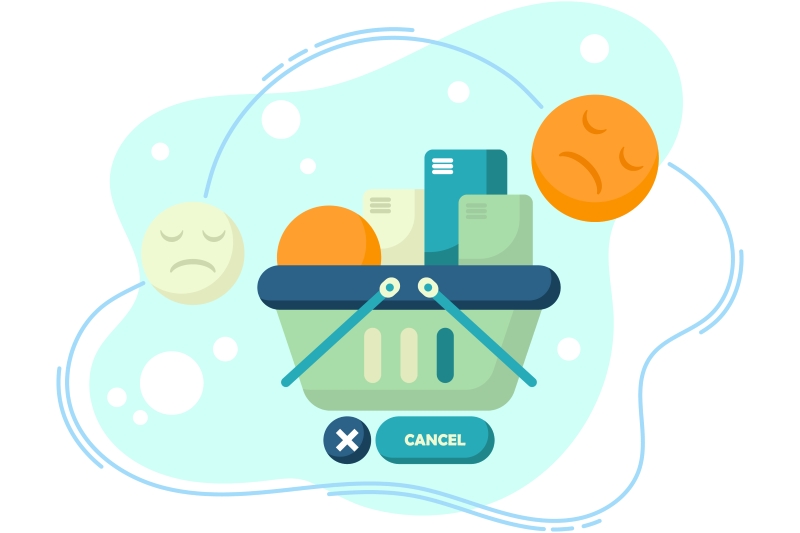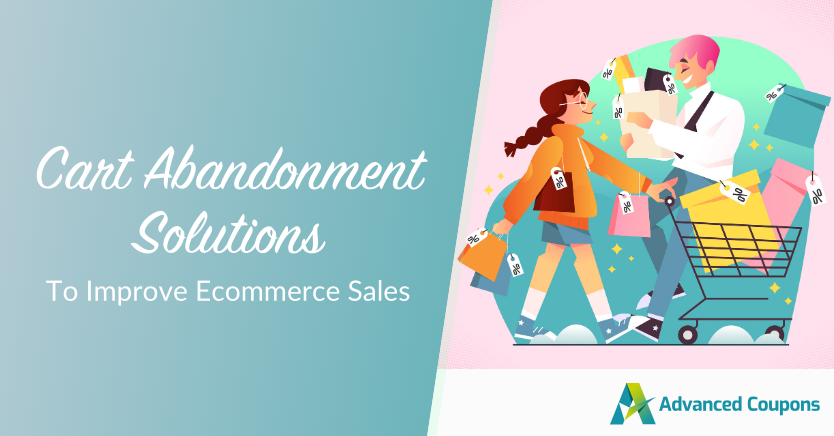
It takes a ton of effort to get customers into your store, whether it’s through email campaigns, SEO, or exclusive promotions. That’s why seeing them abandon their carts at the last second can be disheartening. You’re not alone, though–current cart abandonment rates are at a staggering 70.19% across industries. Thankfully, there are actionable cart abandonment solutions you can implement to tackle this challenge!
In this article, we’ll break down the common reasons why cart abandonment happens and share proven cart abandonment solutions you can use to recover lost sales. Along the way, we’ll also share tools and tips to make implementing these strategies easier. Let’s get right into it!
What Is Cart Abandonment?
Cart abandonment happens when potential customers add items to their shopping cart but leave your website before completing the order. It’s one of the most common challenges in ecommerce, costing businesses a whopping $18 billion in revenue annually.
In most cases, shoppers who have abandoned their carts are genuinely interested in your products. This makes it even more crucial to understand why they didn’t complete the purchase! Doing so can give you clues into what might be creating friction in your buying journey. By identifying and addressing these points, you can build a smoother and more enjoyable shopping experience for your customers.
What Causes Cart Abandonment?
Understanding the why behind cart abandonment is the first step towards addressing it. While shoppers leave for different reasons, the most common ones often boil down to friction–barriers in the buying process that stop them from completing the purchase. Fortunately, most of these issues can be fixed with simple, strategic improvements.
Let’s quickly explore them below:
1. Unexpected costs at checkout
Extra costs at checkout (such as shipping and taxes) can be a deal breaker, especially if the order total jumps significantly from what the customer expected. These extra costs can create a sense of shock, causing interested customers to hesitate and abandon the cart altogether.
In fact, according to research from Baymard Institute, high extra costs are the top reason buyers abandon their carts!
Modern shoppers value transparency, so it’s important to be as upfront as possible about pricing. You can provide estimates of shipping costs on the product page, offer flat-rate shipping, or use free shipping thresholds to encourage customers to complete their orders.
2. Complicated checkout process
Shopping online should be simple, seamless, and easy. Long forms or an overwhelming multi-step checkout process can easily frustrate customers, especially if they’re buying on mobile. The goal is to streamline the process as much as possible–enable autofill, reduce the number of required fields, and eliminate any unnecessary steps during checkout.
3. Forced account creation
Requiring account creation can help with customer data and marketing, but it can also be an unnecessary additional step. Not everyone wants to commit to signing up, especially if they’re first-time buyers who aren’t familiar with your brand.
Cart abandonment solutions often start with offering options. Consider allowing customers to check out as guests and inviting customers to create an account after purchase instead. For instance, you encourage future sign-ups by highlighting the benefits, such as faster checkout or earning loyalty points in a friendly post-purchase email.
4. Limited payment options
According to industry insights, 42% of customers will abandon a purchase if their preferred payment method isn’t available. Customers today expect flexibility–if your store doesn’t offer their preferred payment options, they’re more likely to buy elsewhere.
Offering common choices like credit/debit cards, PayPal, Apple Pay, and Buy Now, Pay Later plans can significantly improve your store’s checkout conversion rate. This is crucial, especially if you serve wholesale customers, B2B clients, or international buyers.
5. Concerns about site security
With security breaches ever too common, shoppers are being more careful about sharing their information online. This caution increases when they’re checking out, as they’re about to input sensitive payment and personal details.
If your website doesn’t look and feel safe, shoppers will hesitate. Some common red flags include outdated design, missing SSL certificates (your site should always use HTTPS), low-quality images, and broken links. Reassure customers by displaying security badges and keeping all messaging clear and professional.
7 Cart Abandonment Solutions That Work
We’ve uncovered the causes, so it’s time to talk strategy! Most of the cart abandonment solutions we’ve outlined below are proactive–they’ll help you eliminate common friction points before they become deal-breakers. The goal is to create a smoother shopping experience that encourages interested shoppers to complete their orders.
Let’s guide your shoppers to checkout with confidence.
1. Provide free (or discounted) shipping
Offering free shipping eliminates one of the biggest causes of cart abandonment–unexpected costs at checkout. However, this can be challenging to implement if you’re already working with tight margins. Fortunately, there are several ways to offer free or discounted shipping strategically, without hurting your bottom line.
For instance, if you’re a WooCommerce store owner, you can use Advanced Coupons to:
- Set cart based conditions based on cart total or quantity to determine when free shipping will apply
- Auto-apply free shipping when set conditions are met
- Offer shipping discounts instead of full waivers
- Stack shipping discounts with other offers (such as BOGO) to sweeten the deal
These options give you full control over who gets the perk, when it’s applied, and how it impacts your bottom line.
2. Leverage exit intent offers
Exit intent offers are pop-ups that appear just as a customer is about to leave your site. These smart messages appear automatically, triggered by mouse movement or inactivity. They’re the perfect tool to capture attention and re-engage customers before they completely abandon their order.
To make them work for your store, you’ll need to give shoppers a compelling reason to stay. For instance, you can:
- Offer a limited-time discount
- Highlight a low stock alert
- Provide social proof to ease hesitation
If you’re looking for easy-to-implement coupon offer ideas for cart abandonment, check out our guide here. 👉
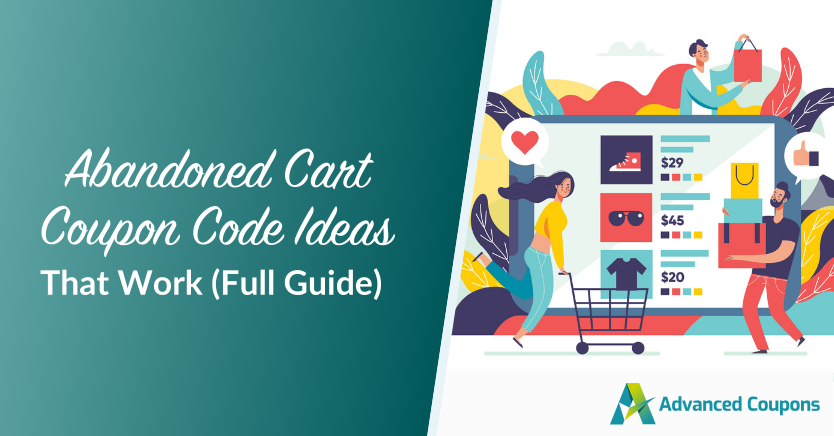
3. Optimize product pages to make buyers confident
Reducing cart abandonment is also about building trust. Before a customer even decides to add a product to their cart, they’re already assessing whether your store feels reliable and professional. That’s why optimizing your product pages is one of the best (yet underrated) cart abandonment solutions. It builds buyer confidence early on, reducing the chances they’ll hesitate when it’s time to check out.
Start by providing clear, benefit-focused product descriptions. Highlight crucial details like available sizes, materials, and usage instructions. To build trust, make your shipping and return policies easy to find and understand. It’s just as important to provide high-quality product images. This gives shoppers a better sense of what they’re buying and minimizes doubt.
🎯 POWER TIP: Instead of manually crafting product descriptions or answering repeat product questions, you can use AI-powered tools like StoreAgent to generate product-specific FAQs and SEO-optimized descriptions automatically. This cuts your workload in half and allows you to provide instant clarity to potential buyers.
4. Offer flexible payment options
To reduce abandoned carts, it’s crucial to give shoppers more payment options. Digital wallets are currently the most popular payment method used globally. Most shoppers also expect online retailers to accept credit and debit cards, PayPal, Apple Pay, Google Pay, and other popular payment methods.
If you serve other businesses and wholesalers, you’ll also want to add Buy Now, Pay Later (BNPL) options or payment plans. These customers often work with larger order volumes or tighter cash flow schedules, so flexibility is important.
Thankfully, these options can easily be integrated into most ecommerce platforms. For instance, if you use WooCommerce, you can use plugins like Wholesale Payments to easily add tailored payment options for B2B customers.
5. Allow guest checkout
Take a look at this interesting report:
Insights from Statista reveal that 26% of US shoppers abandoned their carts in 2024 because the website wanted them to create an account!
Most customers (especially first-time buyers) aren’t ready to commit to creating an account just yet. Requiring account creation early in the buying process adds friction to checkout, interrupting their momentum and causing them to abandon their order entirely. This makes enabling guest checkout one of the simplest cart abandonment solutions you can implement.
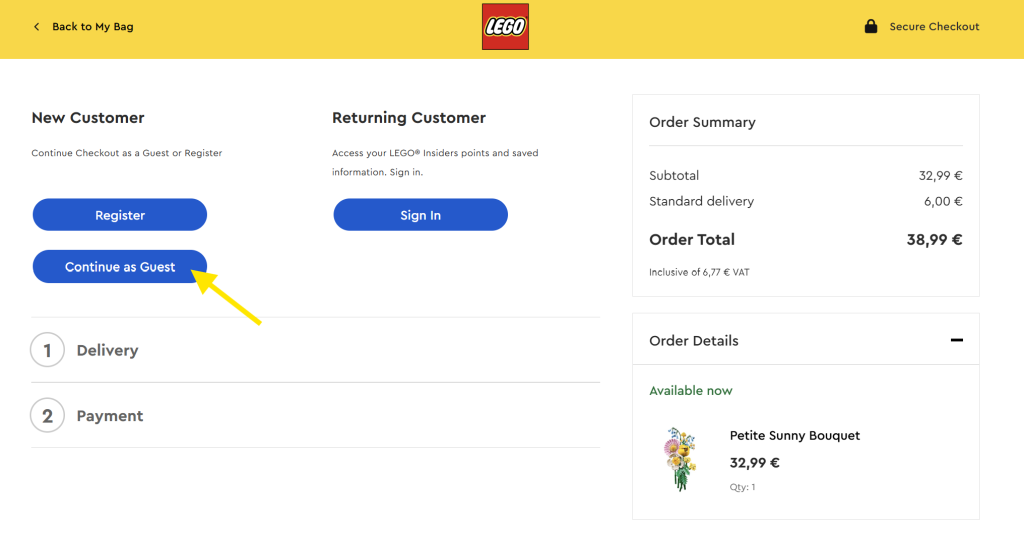
Thankfully, most ecommerce platforms make this easy to set up. In WooCommerce, for instance, you can easily allow guest checkout by toggling it on in the settings.
6. Highlight social proof and trust signals
Adding social proof and trust badges to your website helps build trust and credibility.
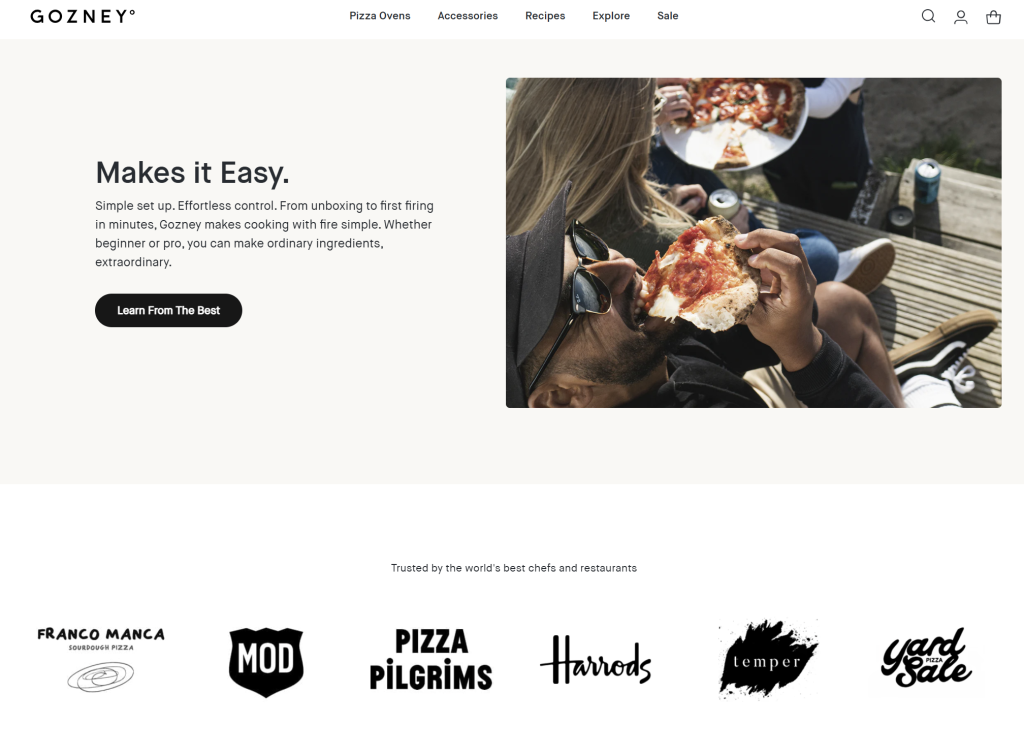
Social proof shows potential customers that other customers have had a good experience buying from you. Trust signals, on the other hand, ensure that your website is secure and your checkout process is reliable. And yes, they work wonders.
According to industry insights, adding trust badges to checkout pages can increase conversions by 42%! A Trustpilot research also found that 66% of shoppers are more inclined to purchase a product when social proof is presented.
Here are some ways you can implement this strategy in your store:
- Showcase customer reviews and testimonials on product pages
- Highlight recent activity (such as “Kath from California just bought this!”)
- Display trust badges like SSL certificates, payment icons, and secure checkout logos
- Make your privacy policy, return policy, and support information easy to access
- Include industry certifications or trust-based affiliations on your website
By showing shoppers that you’re committed to security and transparency, you give them the confidence to buy, which naturally leads to fewer abandoned purchases!
7. Improve website performance
Nothing can frustrate interested shoppers more than slow load times! In fact, according to industry research, even a 1-second delay in website load times can impact conversion rates by up to 20%. Ensuring that your website is fast, responsive, and optimized can keep shoppers engaged and prevent them from leaving your site right before checkout.
Some easy ways you can improve load times include compressing images, choosing a lightweight theme, and minimizing unnecessary plugins or scripts in the background.
If you want to find out more about how to optimize your website, check out our full guide here! It’s packed with practical tips to help you improve your website’s performance.
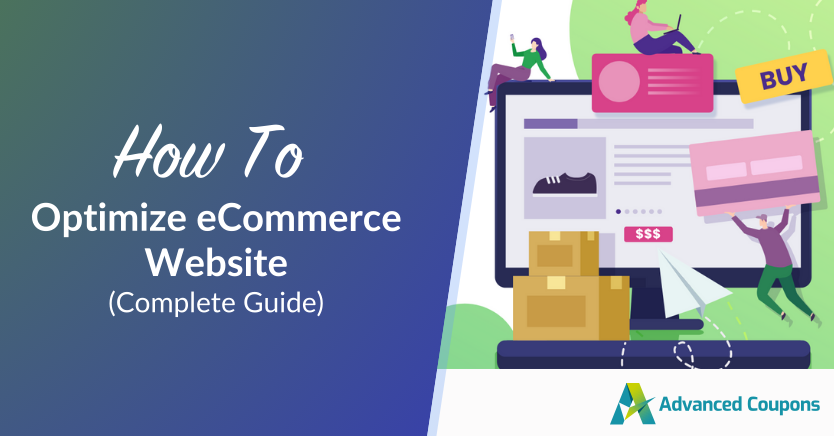
Frequently Asked Questions
How can I reduce my shopping cart abandonment rate?
Focus on removing friction in the buying process. Make completing an order easier by enabling guest checkout, offering flexible payment options, and simplifying the checkout experience. It’s also crucial to build customer trust–display trust badges and social proof, and make sure your returns and exchange policy are easy to find.
How to recover an abandoned cart?
Follow-up and retargeting strategies can help you recover abandoned carts. Consider sending follow-up emails that offer a small incentive to customers who abandoned their carts. Exit-intent pop-ups are also excellent in capturing interest right before a customer leaves.
If you’re using WooCommerce, you can use plugins like Advanced Coupons to create cart-based offers that automatically apply based on cart conditions (such as cart value or products added). This can help you create personalized recovery offers that engage customers and encourage them to complete their orders.
How to solve cart abandonment?
While there’s no one-size-fits-all solution to solving cart abandonment, it’s mostly about reducing friction in the checkout process, building trust, and making the overall shopping experience as seamless as possible. Common solutions to achieve this include optimizing your website for faster load times, simplifying checkout, adding trust badges and social proof, and offering personalized incentives. The key is removing the barriers that cause hesitation for buyers.
Conclusion
Most (if not all) ecommerce sites face the challenge of cart abandonment. While it’s common, it’s not totally unsolvable. With the right strategies, you can reduce friction in the shopping experience and encourage more customers to complete their purchases.
In this guide, we explored why shoppers abandon their carts and offered cart abandonment solutions to help you tackle this challenge. To summarize, here’s a quick overview of the strategies we covered:
- Offer free (or discounted) shipping
- Leverage exit-intent offers
- Optimize product pages to build buyer confidence
- Offer flexible payment options
- Allow guest checkout
- Highlight social proof and trust signals
- Improve website performance for faster load times
Tools like Advanced Coupons make it easier to implement these strategies at scale. This powerful plugin lets you create personalized promotions, apply discounts automatically, and offer smart incentives that nudge customers toward checkout!
We hope this article helped you out and sparked some new ideas. Do you have any questions about this topic? Let us know in the comments!


